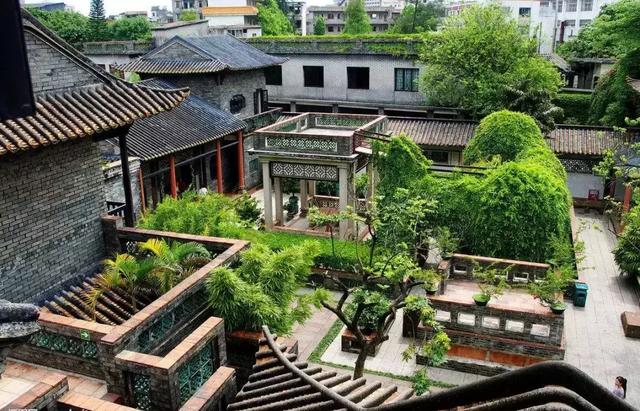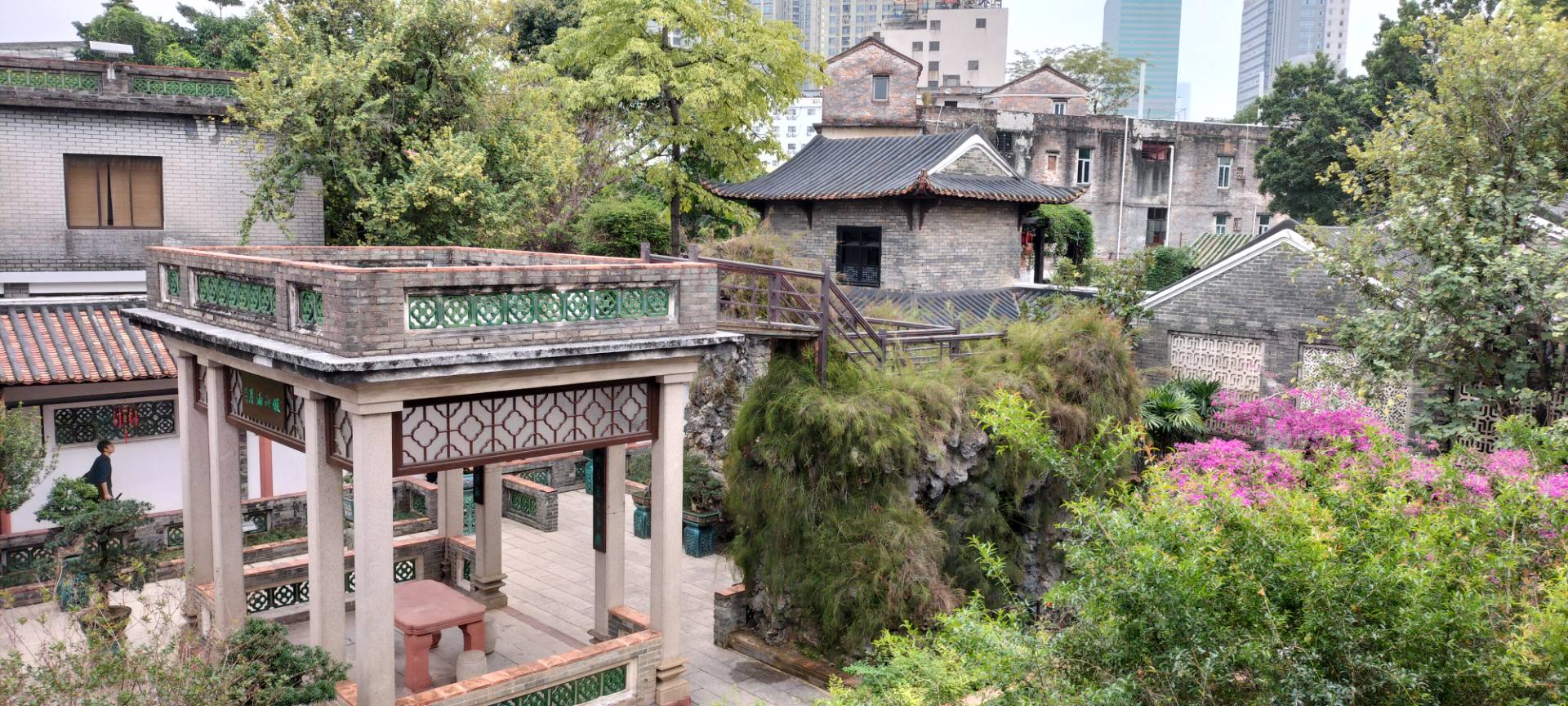Nestled in the heart of Dongguan, a vibrant city known for its innovation and cultural heritage, lies Keyuan Garden—a serene oasis that whispers tales of ancient China. As one of the Four Famous Lingnan Gardens, Keyuan (literally "Garden of Delight") is a masterpiece of Qing Dynasty architecture and landscape design. Let me guide you through its rich history, poetic scenery, and unique architectural charm.
A Glimpse into History
Built in 1850 by Zhang Jingxiu, a scholar-official and art enthusiast, Keyuan reflects the refined taste of China’s literati class. After retiring from military service, Zhang dedicated himself to creating a garden that fused natural beauty with intellectual elegance. For over 170 years, Keyuan has been a sanctuary for poets, painters, and philosophers, embodying the Confucian ideal of harmony between humanity and nature.
Architectural Brilliance
Keyuan’s architecture is a stellar example of Lingnan-style gardens, blending practicality with artistry. Unlike the sprawling imperial gardens of northern China, Keyuan’s compact layout (just 3.3 acres) showcases ingenious space-saving techniques. Its structures—constructed from green bricks, red sandstone, and intricate wood carvings—are interconnected by winding corridors, moon gates, and latticed windows, creating a sense of infinite depth.
Key highlights include:
Yaoshan Pavilion (Inviting-the-Mountain Tower): The garden’s tallest structure, offering panoramic views of the lotus ponds and ancient rooftops.
Shuangqing Studio (Double Purity Chamber): Named for its floor tiles resembling Chinese characters for “purity,” this space once hosted calligraphy gatherings.
Zhuoying Tower: A waterside pavilion where reflections of clouds and trees merge with the architecture, symbolizing unity with nature.
Poetic Landscape Design
Keyuan’s landscape is a “miniature universe” designed to inspire contemplation. Every element holds symbolic meaning:
Water: Central ponds mirror the sky, while cascading streams mimic natural rivers.
Rocks and Plants: Scholar’s rocks (Taihu stones) rise like mountain peaks, complemented by lychee trees, banana palms, and blooming orchids.
Seasonal Windows: Framed views change with the seasons—spring blossoms, summer lotuses, autumn maples, and winter plums—echoing the Chinese philosophy of cyclical harmony.
A Living Cultural Heritage
Today, Keyuan is not just a museum but a living cultural hub. Visitors can attend traditional tea ceremonies, ink painting workshops, or enjoy Cantonese opera performances in its courtyards. The garden’s recent restoration (completed in 2021) carefully preserved its historical authenticity while adding bilingual exhibits for international guests.
Why Visit Keyuan?
In a city celebrated for modernity, Keyuan offers a timeless escape. As you stroll through its moon gates or sip tea by its lotus ponds, you’ll feel the soul of ancient China—a place where art, nature, and philosophy intertwine.
Plan Your Visit
Location: 32 Keyuan Road, Dongguan
Highlights: Morning mist over the ponds, golden-hour photography at Yaoshan Pavilion.
Tip: Join a guided tour to uncover hidden symbols, like bats (for luck) carved into beams!
Keyuan isn’t just a garden; it’s a storybook of Lingnan culture. Come, lose yourself in its beauty, and take home a piece of Dongguan’s heart.




